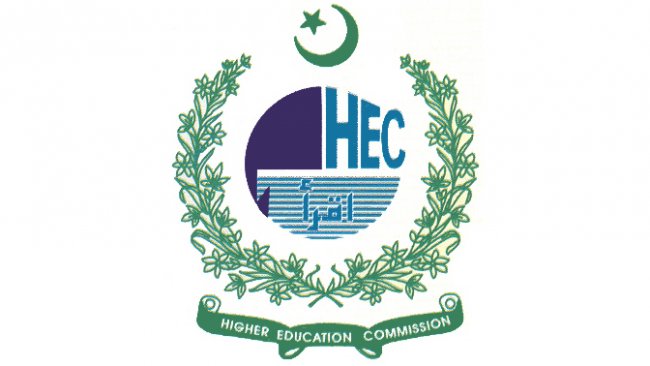Pulses Based Cropping System under Changing Climate in Pakistan
Abstract
Climate change threatens inclusive amount and cost-effective security of pulse crops. The declining import and availability of pulses emphasize that there is a bigger need for pulses than there is for production. Due to the restricted number of themes available, Pulse's integrated cropping algorithms are the only method used to enrich fabricated stories. There is a better output at the geographical and secular aspects. Intercropping, sequential cropping, sundry cropping, relay cropping, and Paira/utera cropping are all parts of the cropping system used with the above pulses. Together with partner crops, they strive for sunlight, area, long-lasting comfort, and open nutrients. They enhance soil qualities and reduce disease and creepy-crawly occurrence. The statement branch of pulses in the agricultural module consists of soil hydrogen fertilization, encouraging soil biodiversity, resting atmospheric nitrogen in the soils, dejected hose down footprint, and height carbon cheating capacity. They provide employment options for women because they are easy to raise. Pulses guarantee farmers a profit-making income. A potential, long-lasting, and economic liquid is now present in these feasible seeds for a buck. Over the past 60 years, there has been a general warming of the northern Great Plains' climate. The warming trend does have accelerated both temporally and regionally, puzzling trend analysis for climate indicators like a longer mounting season. Amendment in rain has been still further variable. Despite this variance, current trends in high temperatures and rain generally correlate with the government of expected climate change. The need for researching agricultural adaptation to climatic variations is reinforced by the synchronicity of current and emerging trends. Our article is listening carefully to the durability of pulse plants inside Great Plains in the north and the effects of climate change, focusing on improving and increasing yield in response to heat and moisture, as well as the environment limits and distinguish their geographical positions. In terms of preparing for climate change scenarios, it is difficult to predict pulse crops' tolerance to present meteorological conditions extremes including deficiency, surplus water, temperature, cool erode throughout grain stuffing, and severe chill. Skin talked on how increased CO2 fertilization affects how efficiently crops use water, how senior circulating temperatures accelerate the growth tax, and how to quantify crop failures due to increased occurrence and degree of come through extremes. Pulse crops should be planted first, frost pulses should be worn out, crops should be sequenced during crop rotations, and the microclimate should be altered, for example, by guiding plantings into ranking stubble. The trimmed stalks of cereal plants which are still sticking out of the ground after the grain has been harvested are called as Stubble.






